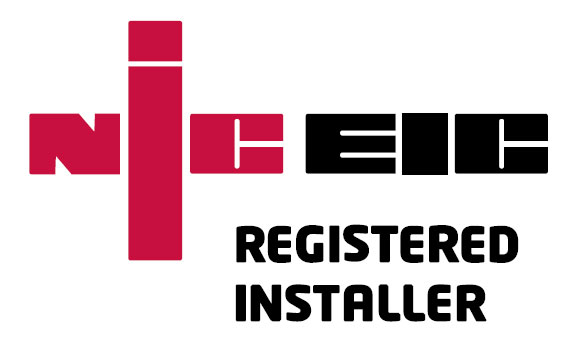Mechanical Ventilation with Heat Recovery (MVHR) provides the best possible air quality without wasting energy. It filters dust, pollen & airborne pollution from the air you breathe and it warms it up to near-room temperature by recovering energy that’s normally wasted. Smart MVHR systems can do a whole lot more besides.
The more you look into the benefits, the more you realise MVHR is the only way to ventilate a modern, low-energy building. The health and comfort benefits even outweigh the energy savings. The question is not whether you need MVHR, it’s whether you need the best MVHR or just something mediocre. And the answer to that question is – how long do you plan to live in the property?
To correctly ventilate a 200sqm family home an MVHR needs to needs to supply and extract almost 2 million cubic metres of air every year, for the life of the building. That’s 4 million cubic metres of contaminated air moving through a box in your plant room or utility. Enough air to fill 1500 Olympic swimming pools. It’s a lot to ask from something mediocre.
The more you invest in the design, specification, the project delivery, and the ongoing maintenance, the longer it’ll last, the quieter it’ll run, the less it’ll cost to own long term, and the easier it’ll be to look after.
A complete MVHR system needs more physical space than all the other M&E plant combined. Hot water cylinder, heating system, plumbing and electrics. The location of the exterior terminals normally dictates where the machine can go, and the machine itself is less then 20% of the whole system. It’s the rest you need to plan for, ideally as you’re designing the structure of the building. You don’t just leave a gap in the plant room, specify posi joists, and then hope for the best. Not if you want a quiet, efficient system that fits like a glove without creating expensive headaches when you get on site.
MVHR is only part of your ventilation strategy too, at least if you want to comply with Part-F, Part-L, Part-O, and Part-B regulations. You also need openable windows that meet the purge requirements, or a mechanical system that achieves the same result. Fire protection, Radon levels, NOx pollution, and vaulted ceilings all need considering, assuming the MVHR doesn’t need to mitigate over-heating problems too. Effective MVHR cooling needs even more space, so if it’s not planned in advance you can’t add it later.
Solarcrest provide mechanical consultancy as you’re designing the property to help you create an MVHR-compatible building from the outset. If needed we’ll then create a 3D BIM/Revit model of the building before we even start MVHR design, because that way we can install the system virtually to check it fits before a spade hits the ground. Our designs show installers exactly where to put things so the final system works exactly as designed, so combined with our 5-star rated project delivery we’re able to offer you a 5-year guarantee. Materials, labour, compliance, and performance.
Solarcrest are Airflow’s sole ‘preferred partner’ for design, installation, commissioning & servicing. Established in 2009 our early work included R&D projects funded and scrutinised by DECC, the NEA, ERDF, Technology Strategy Board, Local Authorities and Registered Social Landlords. Since then we’ve delivered hundreds of successful MVHR projects for the UK’s most prestigious custom/self-builds, we’ve almost 200 five-star reviews from architects, contractors, and clients alike, and we were the first ventilation provider to attain government Trustmark status.
If yours is a new build, refurb/remodel, or deep retrofit project, and you want the best possible air quality, reliability, full automation, unmatched acoustic performance, and then someone to look after it when project dust has settled, you’ve come to the right place. Please be sure to contact us at the right time too. After planning permission, and ideally before you start on site.





